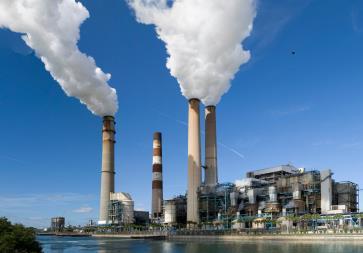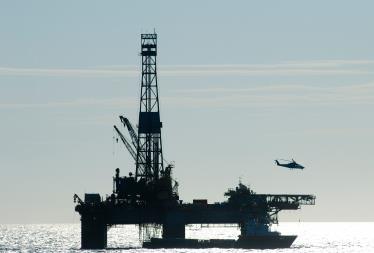With the right policy framework in place, investors can make a significant contribution in support of a low-carbon future, says the Institutional Investors Group on Climate Change’s Stephanie Pfeifer
The 10 warmest years on record have all happened since 1998, and in April this year average carbon dioxide levels remained above 400 parts per million for a month for the first time in human history. If the world stays on this path, global temperatures will exceed the 2-degree increase scientists say we must stay within.
This matters to investors and the financial community because the impacts of dangerous climate change will not spare investor portfolios. The potential for value to be eroded through the wide variety of climate impacts is significant. The recent report by the Intergovernmental Panel on Climate Change (IPCC) warned that the economic impacts of climate change would be felt by every sector of the economy. Economic losses resulting from climate change are inevitable and losses will mount the longer effective action is delayed.
On the other hand, a transition to a low-carbon world represents a real opportunity for investors. From renewable energy to energy efficiency and low-carbon infrastructure, climate and energy investments can help investors innovate and boost returns.
The physical impacts of climate change, many of which we are already seeing, range from sea level rise to changing rainfall patterns, food insecurity and declining labour productivity. Each of these will have a large economic and social cost.
According to the IPCC, extreme sea-level events increased by 95% between 1970 and 2010, exposing 270m people and $13trn (€9.6trn) worth of assets. Dangerous climate change would accelerate these costs. Changing rainfall patterns together with higher temperatures will also increase crop pests and volatility in agricultural markets, and this will impact food companies and supply chains. And in parts of the world higher temperatures have led to worker productivity falling, so significant investment in cooling technology will be needed to maintain productivity levels.
Investors are also at risk from sudden policy responses to climate change, and the potential for high carbon assets to be left “stranded” as a result of stronger climate policy, as well as other demand-side risks. It has been estimated that 60-80% of all oil, coal and gas reserves cannot be burnt if the world is to stay within the 2-degree limit, yet oil coal and gas companies will spend as much as $6trn on projects if they maintain current rates of expenditure.
Climate change, therefore, poses significant risks to asset values and, as with any risk, demands a response. Investors can respond in a number of ways.
An increasing number of investors are performing climate risk assessments within asset classes and for specific investments, as well as at the portfolio level. Some investors choose to assess the carbon footprint or emissions intensity of their portfolios, and others are investing in low-carbon companies or dedicated low-carbon energy funds. Many are assessing potential managers on the basis of climate risk. A survey of global institutional investors conducted last year by the IIGCC alongside other regional investor groups showed an increasing number of investors surveyed are influenced in their decision making by whether asset managers integrate climate change into their investment process.
On the investment side, the opportunity presented by climate change is significant. To meet climate and energy goals, a significant shift in financing patterns is required. In the EU alone, investment of around €1trn in new low-carbon energy generation is needed by 2020, increasing to €7trn in the next 40 years. Much of this capital will need to come from private sources. For this to happen, though, the policy landscape has to be supportive. This is why the IIGCC has been calling for reform of the EU Emissions Trading Scheme and for ambitious emissions targets in the EU’s new 2030 climate and energy legislation currently being discussed. Across Europe, investors are financing low-carbon projects, and, with better long-term policy in place, low-carbon investment can be scaled up and investors’ contribution to a low-carbon future will grow further.
The risks and opportunities presented by climate change are real and demand a response. Better climate risk management will protect portfolios, and, with the right policy framework in place, investors can make a significant contribution in support of a low-carbon future.
Stephanie Pfeifer is chief executive at the Institutional Investors Group on Climate Change, which represents 90 members with assets of €7.5trn. A summary of the IPCC’s findings for investors and financial institutions, produced by the IIGCC and the European Climate Foundation, can be found here.


















No comments yet